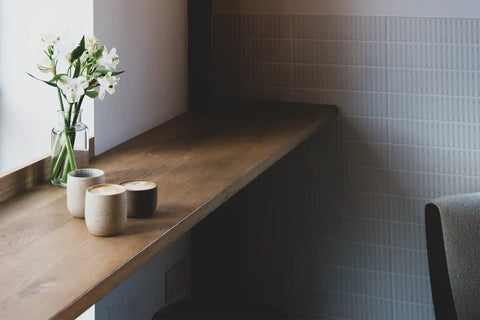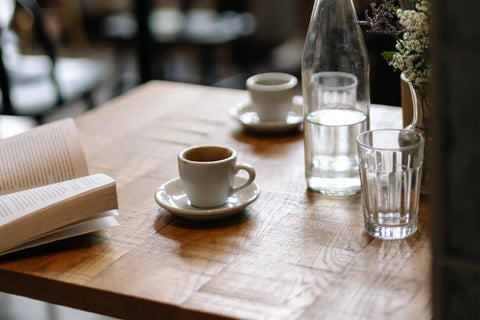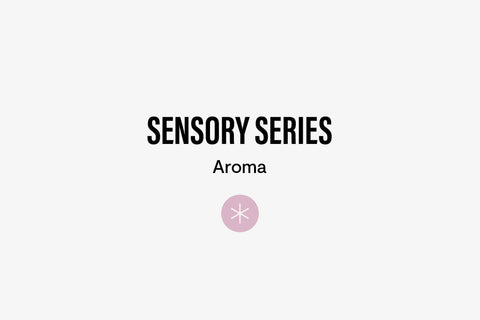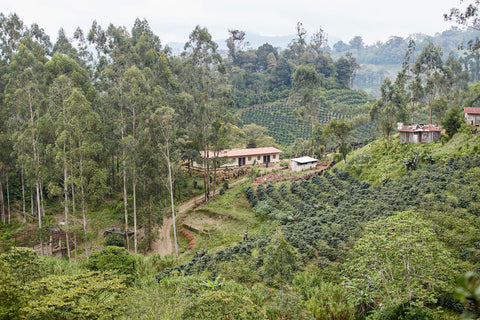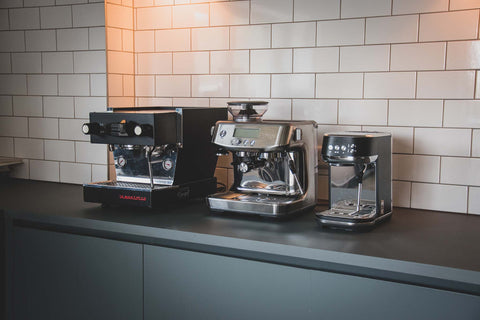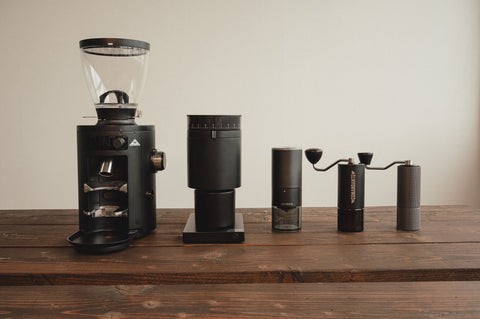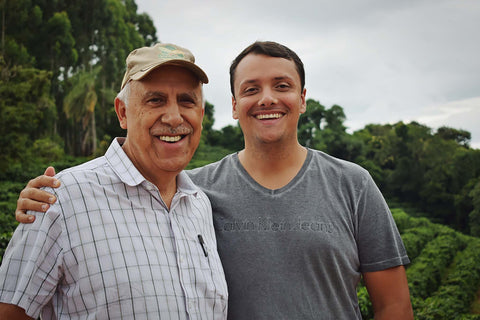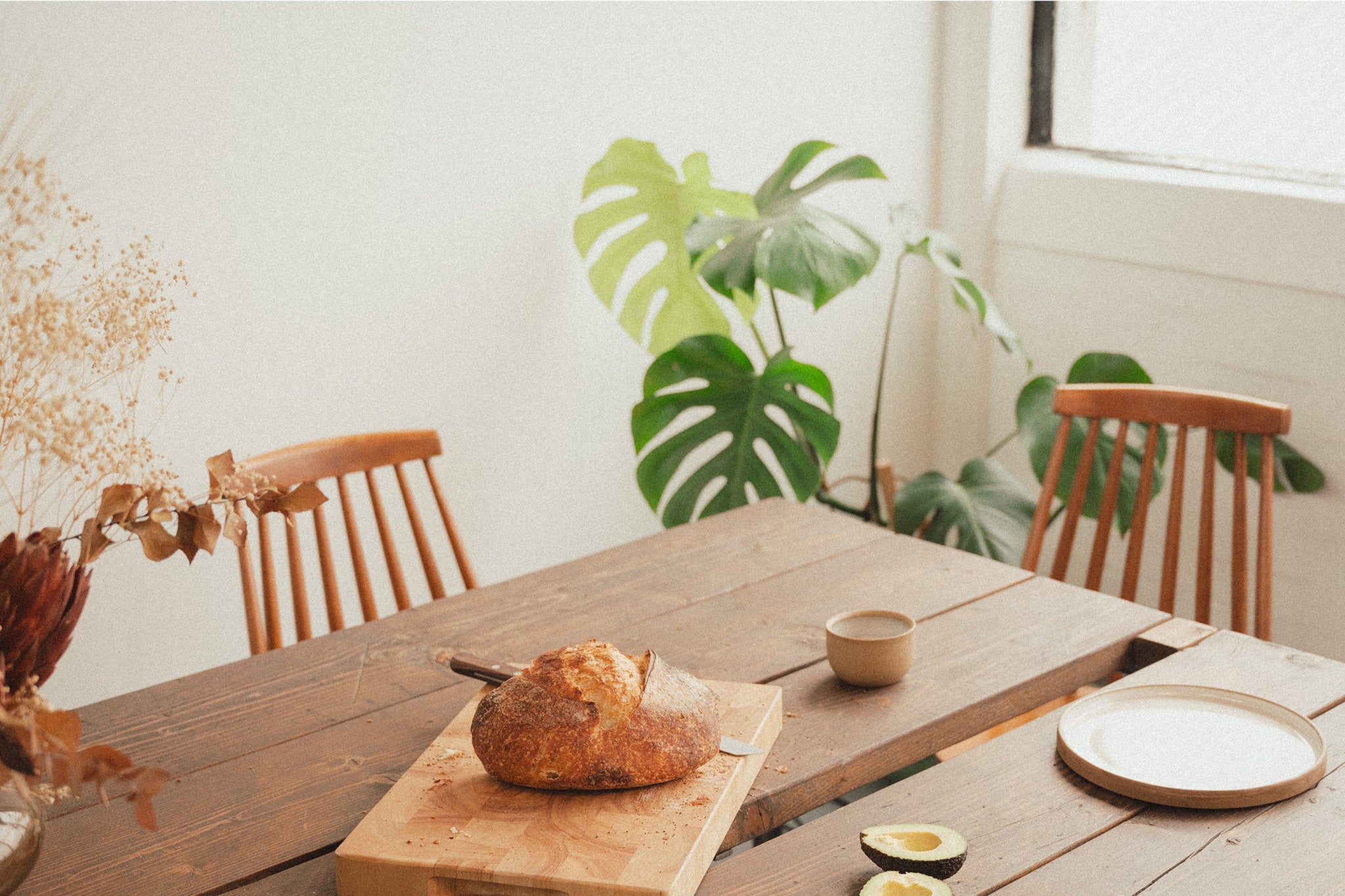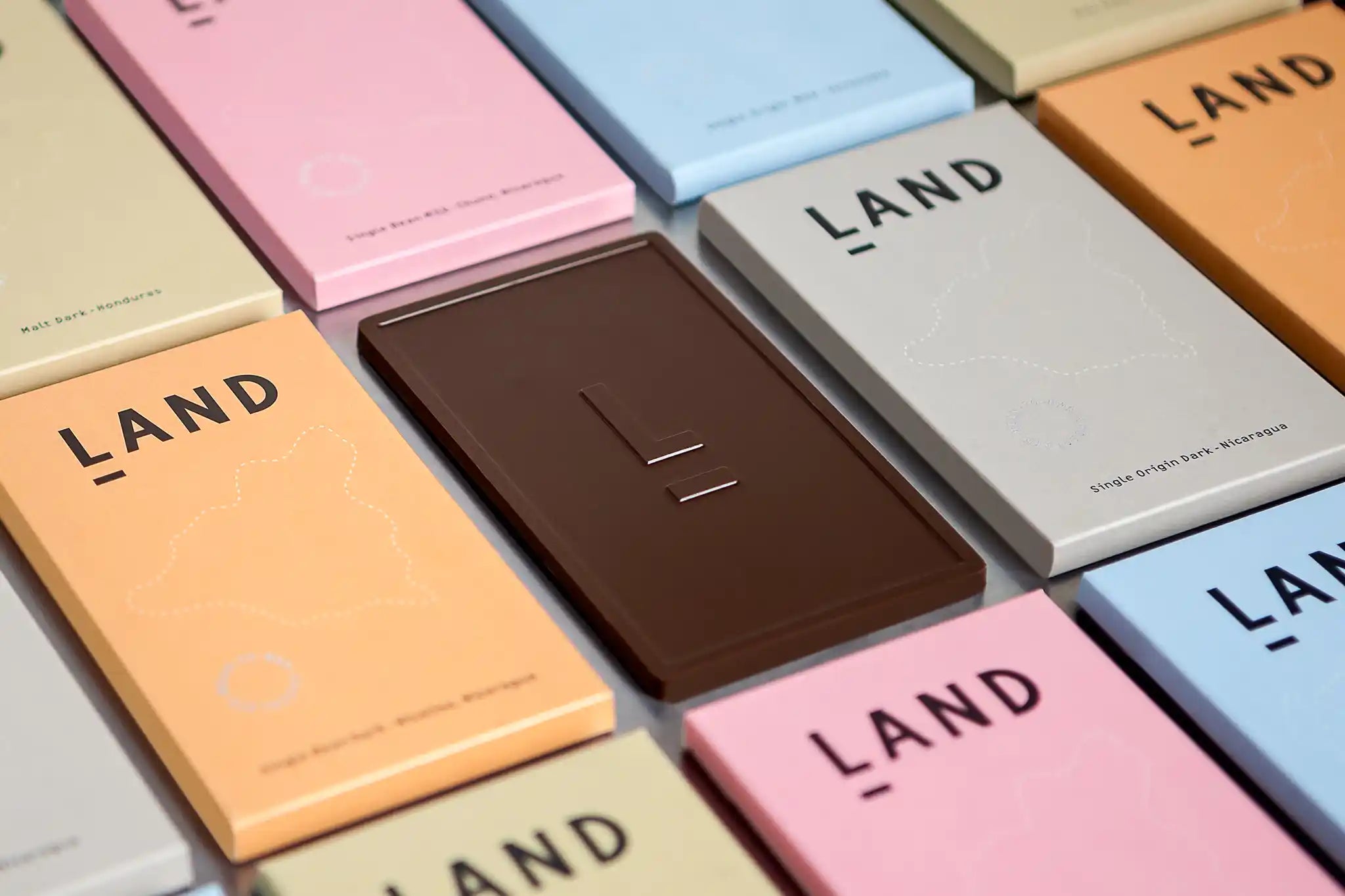Delving nose first into the science behind scent, here we explore how smell influences your full sensory experience in coffee.

WHAT IS AROMA?
The scent of freshly baked bread. Bonfire smoke in November. The smell rising from summer-heated pavements after a downpour. Smell is perhaps the strongest of our five senses; it can conjure up memories and emotions, help us form bonds with loved ones, act as a warning signal, and influence our taste experience.
Smell is detected directly through the nose (known as orthonasal), and indirectly through the mouth (retronasal)—which is why aroma is so closely linked to the association of enjoyment with food and drink. The sensory organ that detects smell is directly linked to the brain—little wonder then, that, as well as giving us good warning about spoiled food, smell can play such a big part in triggering a sense of well-being and happiness or inform us of danger, such as hazardous liquids with a strong chemical scent.
Smell is often referred to as aroma in food and drink. What we perceive as flavour is often actually aroma: only mouthfeel, and sweet, salty, bitter, and sour tastes are perceived by the tongue. When these attributes combine with aroma, sensed by receptors in the nose, we experience flavour.
THE SCIENCE OF AROMA IN COFFEE
For many, the aroma of coffee in a morning is a signal to the start of their day. Unlike the cup of coffee you grab-to-go before heading to work, green coffee beans don’t smell much like the final cup—in fact, the smell is much more muted, and almost vegetable-like.

AROMA IN ROASTING COFFEE BEANS
It’s through the process of roasting that aroma – which relies on the composition of chemical compounds in the green beans – is developed. These chemical compounds are shaped through numerous factors, including the coffee varietal, climate, altitude, level of maturation for the coffee cherry when harvested, and the processing method (washed, natural, anaerobic, etc.).
Throughout the roasting process – especially during the Maillard reaction (a chemical reaction that occurs between amino acids and reducing sugars, creating melanoidins) – various forms of carbohydrates, proteins, and acids – the aroma precursors – are transformed into volatile compounds. As the temperature rises during roasting, a volatile oil called Caffeol develops—this oil is responsible for much of that initial aroma we perceive in coffee when brewing.
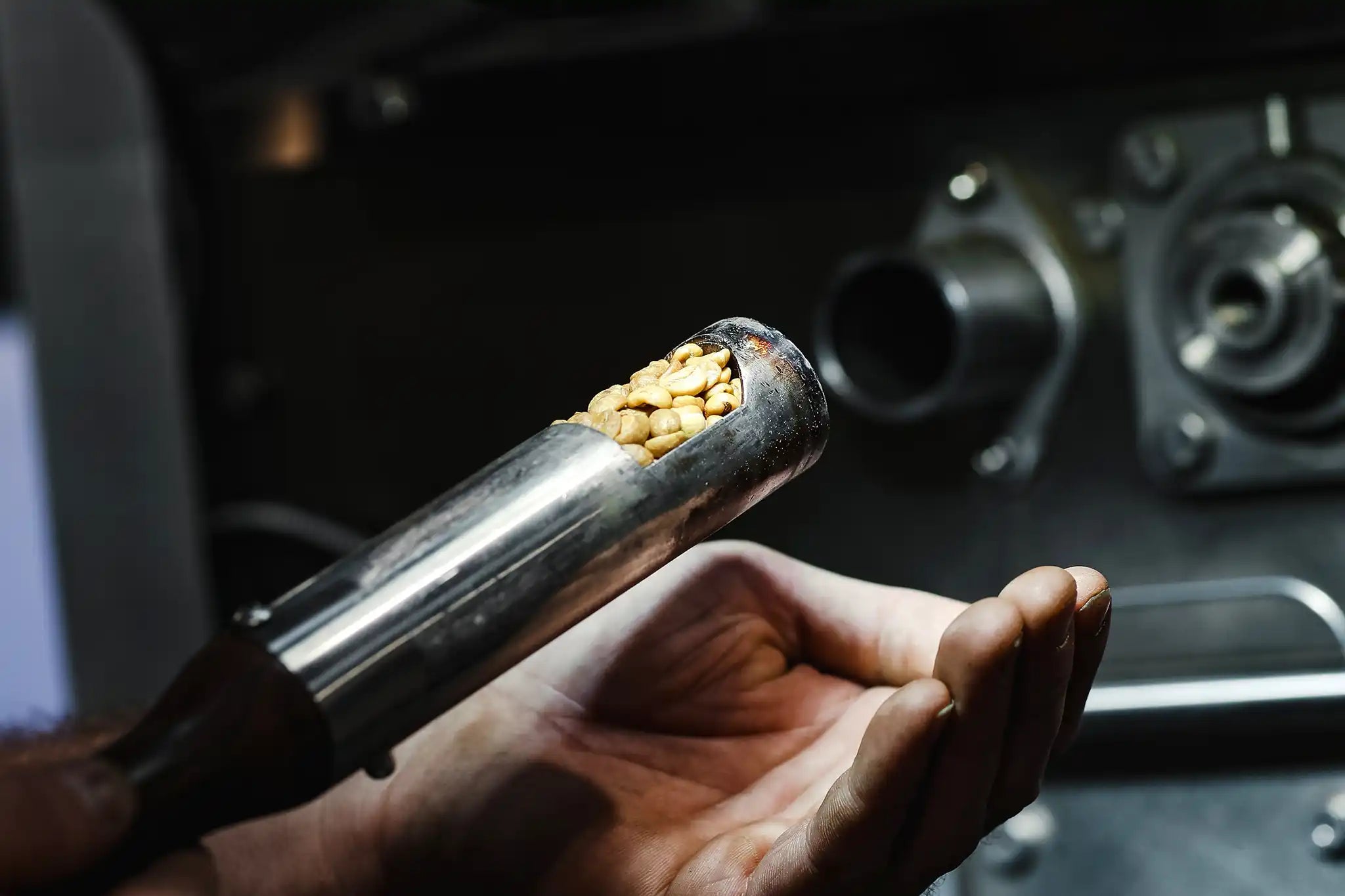
AROMA COMPOUNDS IN COFFEE
Different compounds create different sensory characteristics. Pyrazines can create nuttiness for the nose; 3-methylbutanol creates fruity and sweet aromas; ketones, which are very aromatic, are commonly fruity. It’s not all pleasant aromas though; roasting is an exceptionally complex and delicate process and getting the recipe just right, is key. Phenols, for example, are known to produce unpleasant aromas, such as ash and smoke; pyrazines can also produce a burnt smell; ketones can produce a musty aroma. Balance is everything. It’s estimated that there are more than 900 aromatic compounds produced during roasting—yet we’re only able to detect around 30 that have active participation in the aromas and flavours we perceive in our cup of coffee. These compounds also need to be in balance for us to have a specific sensory experience.
AROMA IN PREPARING YOUR CUP OF COFFEE
Behind the scenes, the aroma you now smell when you open your bag of coffee, has been put into action—but as you brew your coffee, the sensory experience evolves.
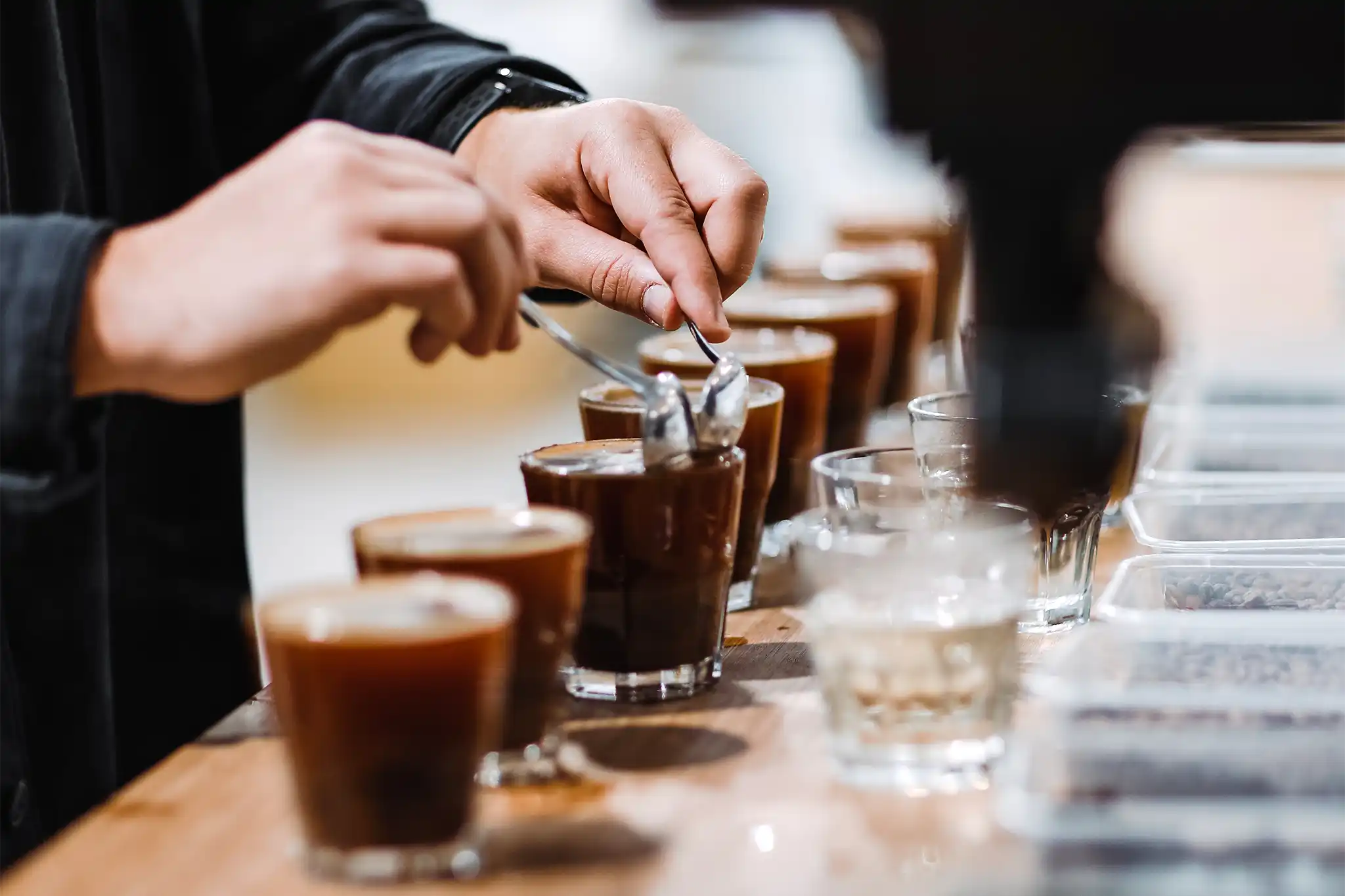
WHOLE BEAN Vs. GROUND
You might have heard the argument for ordering whole bean over ground coffee, and there’s good reason for this: you’ll preserve the freshness of your coffee – including those incredible aromas – for longer. However, time, budget, and space are all understandable factors that mean opting for whole bean isn’t possible. We roast coffee to order to ensure your coffee is a fresh as possible, and we’d always recommended storing your coffee in an airtight container, once you open your bag of coffee, to help protect those flavours and aroma.
If you’re able to grind your coffee at home, you should only ever grind the coffee you need for the brew you’re about to make. Grinding your coffee fresh for your brewing is a great way to preserve those brilliant aromas you enjoy when you first open your bag of coffee.
GRINDING
Dialling into the sensory experience of a daily coffee ritual can start with the coffee you grind. Grinding coffee increases aroma by increasing the surface area of the coffee to release more aromatic compounds. Set yourself up for a fully immersive coffee ritual: a hand grinder is the perfect home (and travelling) barista accessory for those who want to slow down, savour the moment, and stop to smell the coffee.

BREWING
With our coffee ground, the aroma we detect through our nose are from the molecules interacting with our olfactory receptors. When we brew coffee – extracting using pressure and water – other molecules are extracted in the processing, bringing forward a different sensory experience. Different molecules extract at different rates, which means we perceive different aromas at different points of extraction. This is why following a recipe – however you enjoy brewing your coffee – is crucial to getting the best out of your cup. You’ll note that a well-extracted cup is pleasing on the nose, as well as on the tongue.
Why not experiment with brewing methods? Try your hand at brewing for espresso, and then as a pour-over: how does a cup of espresso smell, compared with a pour-over? You could also set up a home cupping experience: try one over-extracted, one well-extracted, and one-under-extracted coffee from the same bag and see how their aromas compare. You could also see how the aroma changes as the coffee cools. Exploration is all part of the enjoyment of speciality coffee, and embracing the sensory experience.
Next time you enjoy a coffee, stop to smell it first, then take that first sip, and discover the ways in which your nose and mouth influence your palate and help you discern the aromas and flavours of your cup.
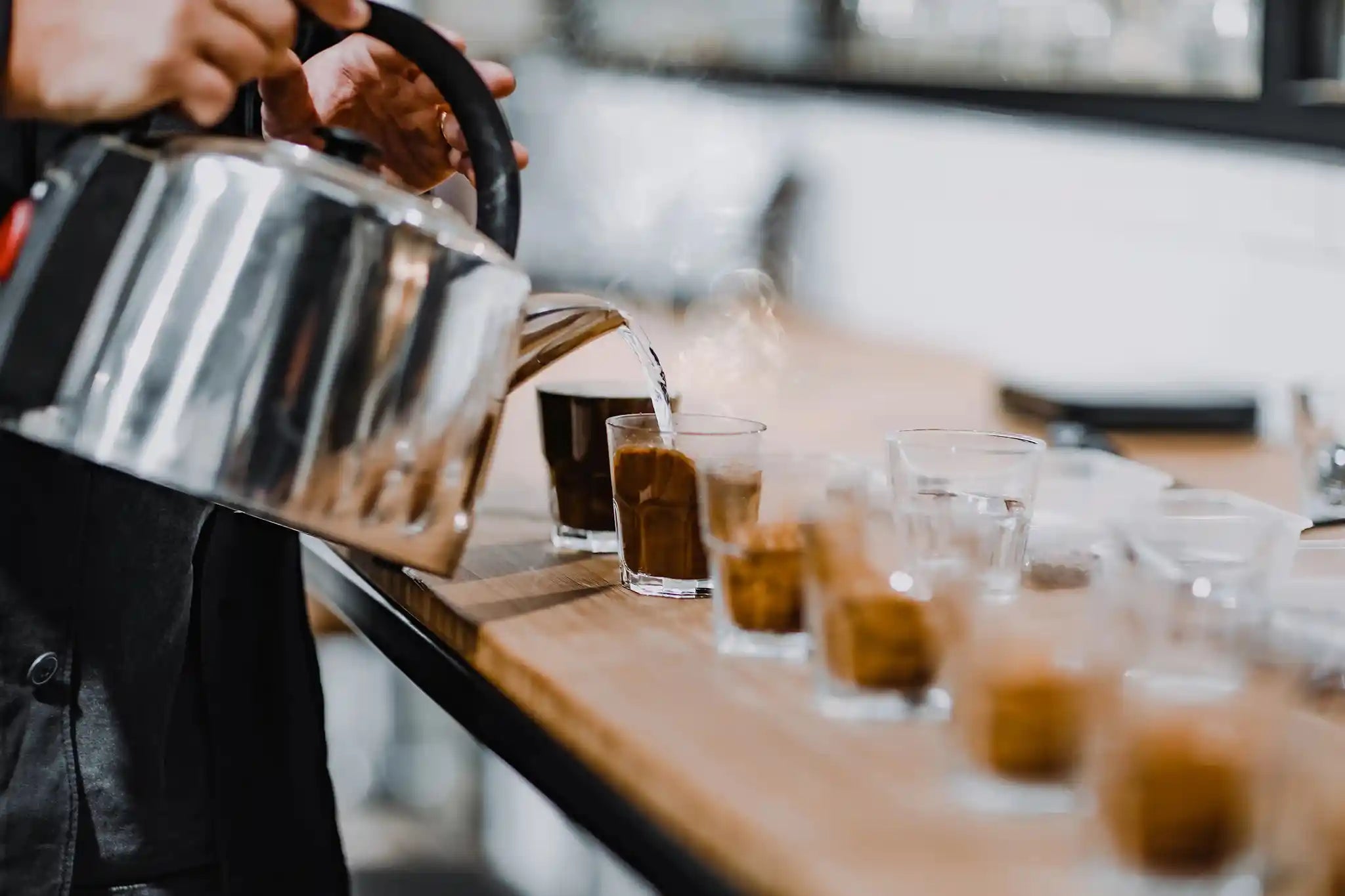
Keen to explore aroma in coffee? Shop our full collection here.
